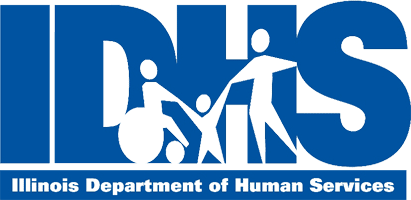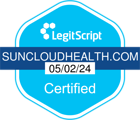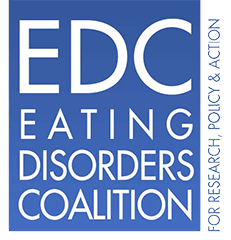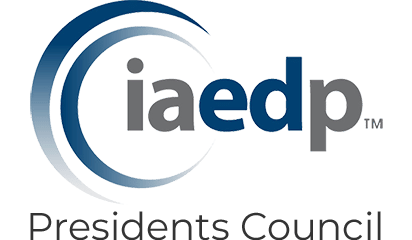Harm Reduction or Abstinence-Based?
What is our treatment approach at SunCloud? Is it harm reduction or abstinence based?
“Abstinence based” and “harm reduction” mean different things to different people, so it’s important to consider the specific situation. The short answer is, “it’s complicated,” because it depends on the patient and the whole picture. Our sophisticated psychiatrists begin with a risk-benefit analysis that includes the whole team, with input from family and patient and school, which altogether guides individualized treatment approaches.
Above all, we individualize treatment and risk stratify in order to determine the best approach for each person. Ultimately, the provider in charge of the case confers with the treatment team, including the therapist, dietitian, mileau staff, and patient’s family, as well as reviews medical weights and vitals to determine the most appropriate treatment plan for the patient. So … it depends.
For example:
- Person X who is struggling to compete a meal plan but has normal labs and VS, is engaged and coming to care, bmi 18 or 17.5 and steady, is a different matter than someone with abnormal VS or labs losing weight and doing the same behavior, even if at a higher bmi.
- Someone reducing THC use week over week, who comes and is engaged and making progress but still using periodically or not using pills and alcohol, and using a vape pen at night but not coming high to program and making progress. We keep working with that person.
- If someone is relapsing on illicit pills or heroin, we take immediate action, because that person could potentially die tomorrow.
- Are any of the person’s symptoms improving while in treatment? If so, that could be a basis to continue working with that individual even if they still might be engaging in some behaviors.
What about 12-step approaches?
12-step facilitation is a manualized, highly evidence-based treatment for adult AUD—and we don’t administer TSF; we DO support patients in engaging mutual support groups if and when they are available to them (such as young peoples’ AA, Alateen, others as applicable like ANAD; NAMI or families anonymous for parents, etc). The guiding principle is to increase sense of community/connection and to decrease shame and isolation.
We do teach principles of recovery adopted from 12-step principles, such as honesty, hope, willingness, accepting help, sharing with and connecting with others, behavioral changes in relationships, mindfulness, and doing the work to change how the adolescents feel about themselves.
Last but not least, 12-step programs are peer-run, mutual support groups, not professional, and are fundamentally harm reduction in nature. Membership requirement for any of them is simply a desire to not use that day. People who are using/continue to use are welcome to continue attending.




